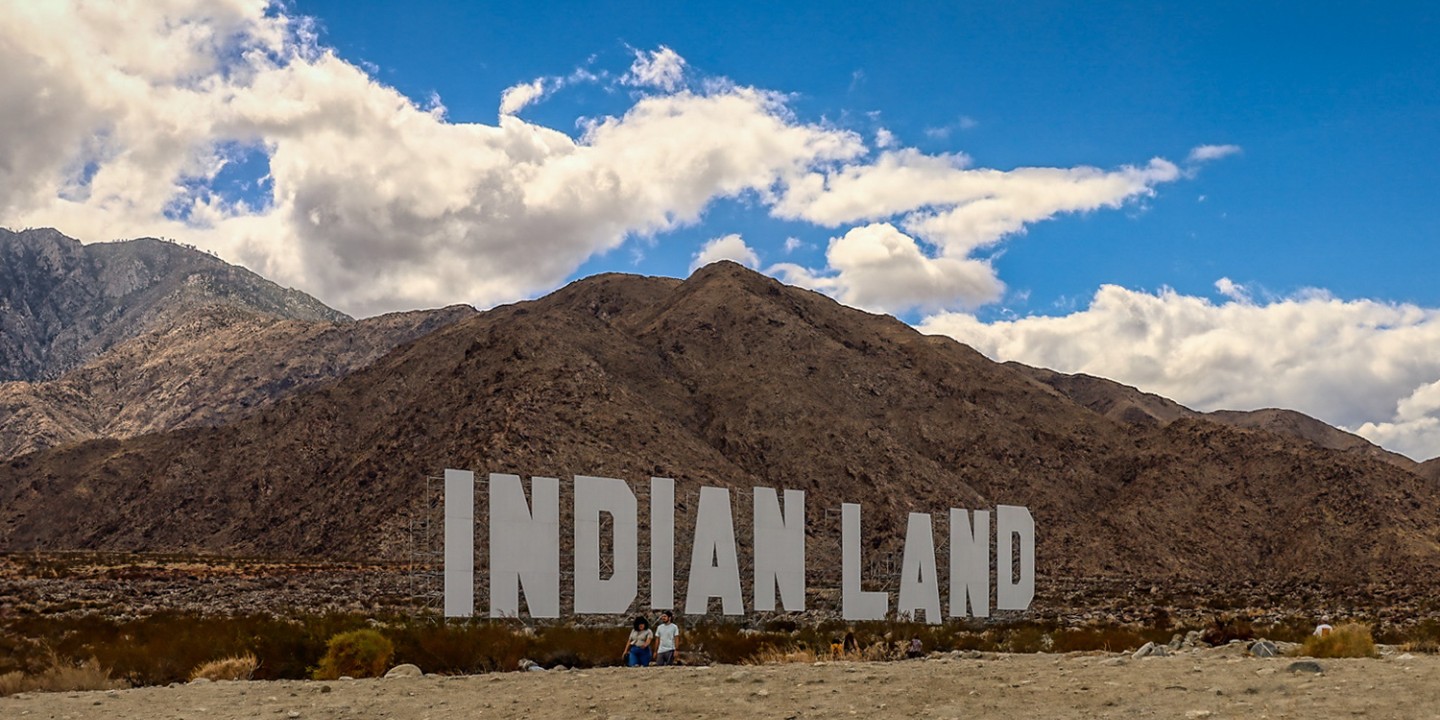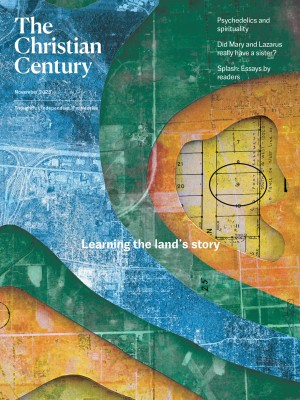Restoring the land
Nearly all of the land we live on was taken from Native people. What can property owners do to make it right?

Artist Nicholas Galanin’s 2021 Palm Springs, CA, installation Never Forget. (Photo by Dale Cruse / Creative Commons)
In early September, the 1,400-acre Upper Sioux Community State Park in Minnesota was given back to the Dakota people whose ancestors were massacred and buried there. A few weeks later, the City of Minneapolis sold two adjacent lots to the Red Lake Band of Chippewa Indians for $1 each, with plans to help the group create a community healing garden and an opioid treatment center on them. These land transfers are not anomalous. One by one, small plots of land across the country—an Oakland city park, a Chicago community garden, a Maine island—are being returned to the Native people who once lived there, thanks in large part to the Native-led Land Back movement.
In our November 2023 cover story, Ben Norquist tells the story of the land that his house sits on in Glen Ellyn, Illinois. By digging into deeds and tax records, Norquist traced his parcel back to the first White settler who claimed ownership in 1845. Going back farther in time, he made another discovery: “One of the preconditions for my cul-de-sac was the Prairie du Chien Treaty and the removal of the two Potawatomi villages nearby.”
Read our latest issue or browse back issues.
The story of Norquist’s land is not unique. Nearly all of the United States was originally occupied by Native people—until it was taken from them, often violently, to be turned into homesteads, towns and cities, universities, parks, mines, farms, railroads, conservation areas, and more. The current landscape of the United States is shaped by forced removal and cultural annihilation. The intergenerational trauma that persists in Native communities is the bedrock on which our homes and churches sit.
What are landowners to do in light of this history? Researching, naming, and grieving the history of tribal dispossession, as Norquist does, is a good starting point. Some homeowners and congregations have also committed to donating a percentage of their monthly mortgage payment to a local tribe, as a sort of rent payment. Kaitlin Curtice, a Christian Potawatomi writer, encourages this practice.
But donating once a month isn’t enough to repair the harm done to Native people, especially when that donation is made outside of an ongoing relationship. Curtice suggests also reading the writings of Native authors, supporting Native artists, and advocating alongside Native people for whatever they say they most need—which often involves the return of land.
Critics point out how impractical it would be to return all the land taken from Native people. But that’s far more than the Land Back movement is asking for. It focuses on lands with sacred and cultural significance to tribes, conservation areas such as national forests, and the 90 million acres of reservation land that were sold to corporations and non-Native individuals after Congress passed the Dawes Act in 1887. The primary goal isn’t to transfer land from one owner to another. It’s to restore Native people’s ability to relate to the land as their ancestors did—with respect, humility, awe, and mutual care.
The land has a story to tell. Listening might help us imagine better ways of living together.





